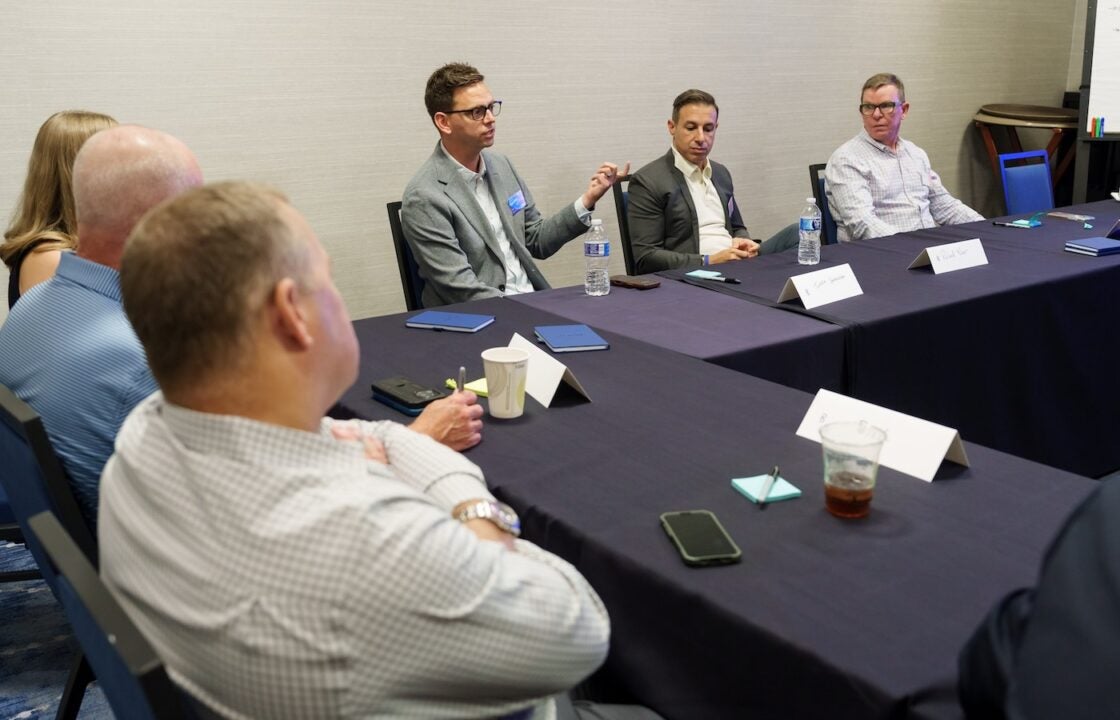November 24, 2020 in Challenges and solutions
The future of banking application development

Even before COVID-19 forced a corresponding digital acceleration, financial institutions have long faced an increasing demand for digital experiences — especially from younger generations. As many as two-thirds of Gen Xers and three-quarters of Millennials reportedly prefer to bank online.
For some organizations, continued alignment with consumer expectations has hinged on the ability to offer a modern, seamless digital application experience. While adapting processes and building new products to meet demand, they must also continuously refine their digital applications to keep pace. Studies show that roughly one-fifth of users still abandon their online account applications, which leaves plenty of room to grow.
Through extensive conversations with industry experts, we have uncovered current best practices for creating high-converting digital experiences and how current trends will shape the future of banking application development. Continue reading as we look at how Blend supports lenders as they strive to evolve their digital experiences in alignment with the modern consumer.
Banking applications: Best practices today
Blend delivers impactful digital experiences by following our best practices for seamless banking application development, based on the following principles:
1. Embrace omnichannel experiences
More than ever, lenders are realizing the need to meet customers on whatever platform they happen to be using at the moment. Today’s consumer moves freely between devices and channels. For developers, this means using responsive designs that adapt to multiple displays while maintaining consistent data and experiences across platforms. At the same time, financial organizations are facing a call to follow customers, unencumbered, across these channels.
2. Respect users’ time
Consumers expect real-time communication and immediate solutions. A need to respect customers’ time and attention extends to every aspect of the application experience. This can mean cutting any inessential questions or input fields. Or it can involve strategically delaying requests for key information until it is absolutely needed.
3. Deliver flexible processes
A typical banking customer has to sandwich your lending product application between what feels like a million other tasks. Successful banking apps try to align with the fractured nature of consumers’ daily lives. For example, applications can allow customers to leave and pick back up their progress. It’s also important that developing banking applications integrate with CRM systems. This allows, for instance, automated reminders when an application has further input required of the applicant.
4. Use clear communication
Customers need instructions and steps to be unambiguous. There should never be a point where the consumer is uncertain about what to do next. Beyond sleek appearances, clear and consistent user experience design becomes a matter of function.
Banking application development: The future
The elements of high-converting online banking applications are in a constant state of evolution as lenders react to technological change and market demand shifts. Specifically, we should expect to see communication channels enhanced with more uses of artificial intelligence, machine learning that does a better job at filling in missing or incomplete data, and a variety of open banking integrations.
1. AI synchronized across communication channels
Given the importance of multi-channel communication, lending organizations will rely more and more on AI and automated communication. The winning systems of tomorrow will allow seamless transitions between channels. The following already use AI, but we will likely see more significant inclusion in SaaS APIs:
- Chatbots
- Voice chat
- Email/text
2. Machine learning
Imagine creating an application process that feels more like a conversation. Beyond autocomplete, machine learning promises more ways to interpolate between data points to get missing or incomplete information. Given the increasingly fractured attention of applicants, such features should be valuable.
3. Open banking
Open banking integrations are secure pathways that provide authorized services access to relevant data, which can then be used to support a pleasant consumer experience. One example is the ability to aggregate spending habits and provide helpful offers or services in the moment. Another use is the automated delivery and execution of banking applications, which could allow customers to begin an application with most, if not all, fields already filled out correctly.
“Working with Blend has helped us accelerate the pace of innovation and, in doing so, better serve our customers.”
Michael DeVito
EVP and Head of Home Lending
Improving submission rates and more with better banking applications
Such innovations are likely to bring many future improvements to online banking application development. As these technologies evolve, Blend will continue to incorporate them into our industry-leading, future-proof platform. In some cases, the future is already here — Blend has harnessed the power of technology advances to enable better lending experiences, which include pre-fill field functionality, processing automation through machine learning, and seamless connections to ecosystem providers using APIs and built-in integrations. Many financial organizations have already discovered the benefits of using Blend for applications:
Find out what we're up to!
Subscribe to get Blend news, customer stories, events, and industry insights.



